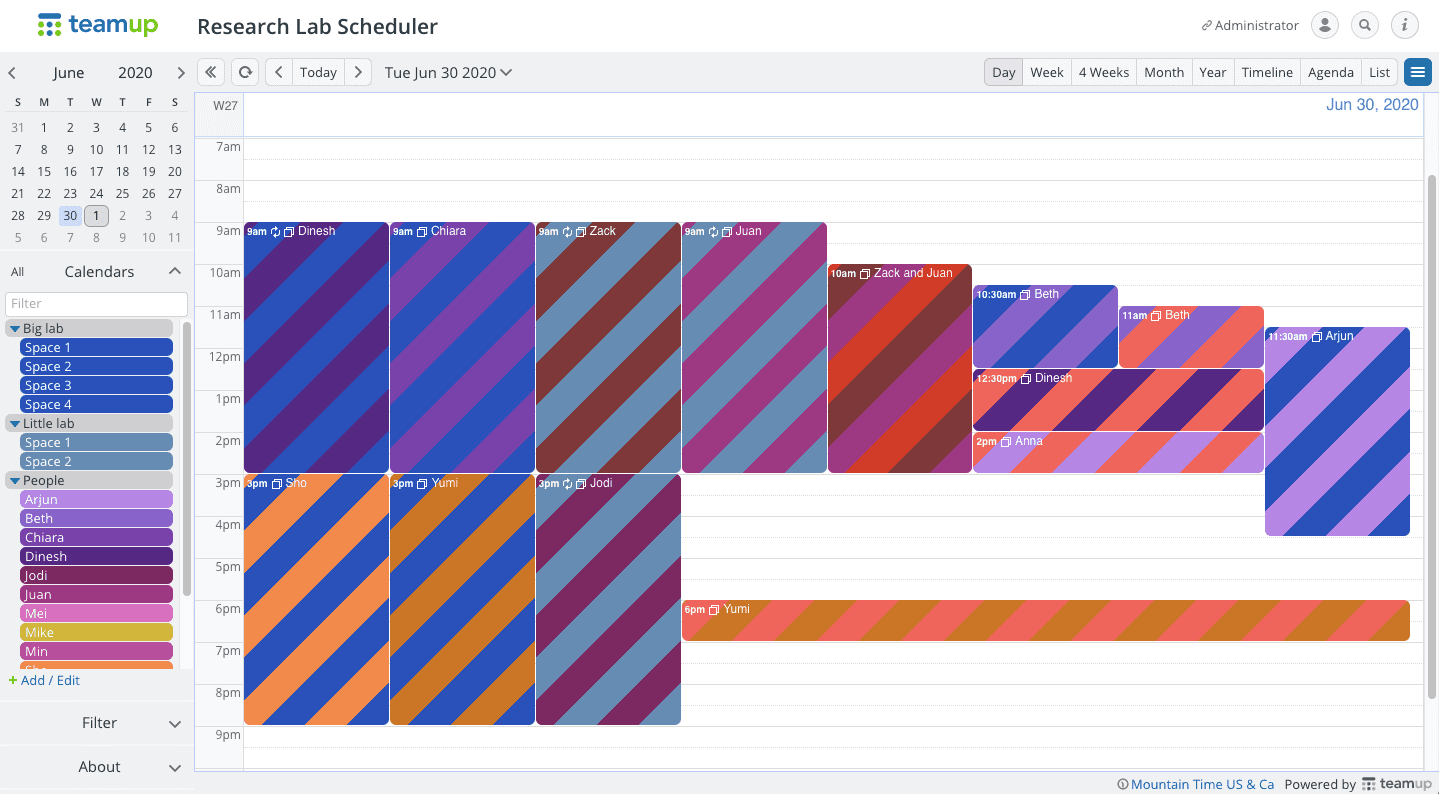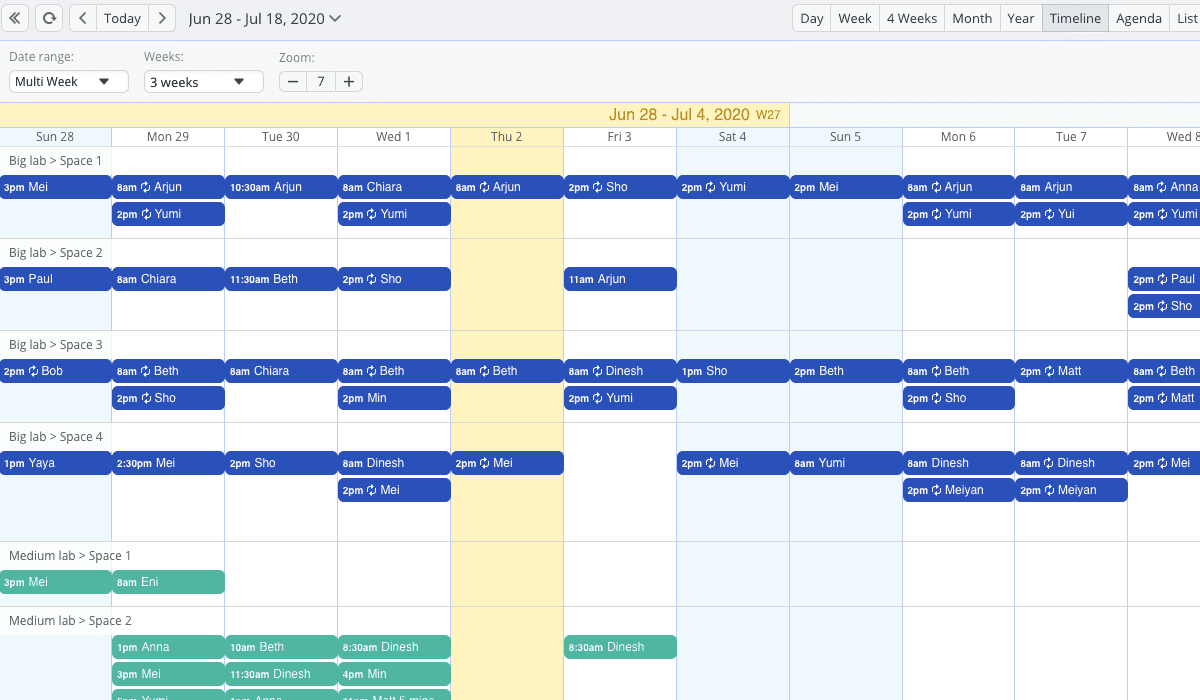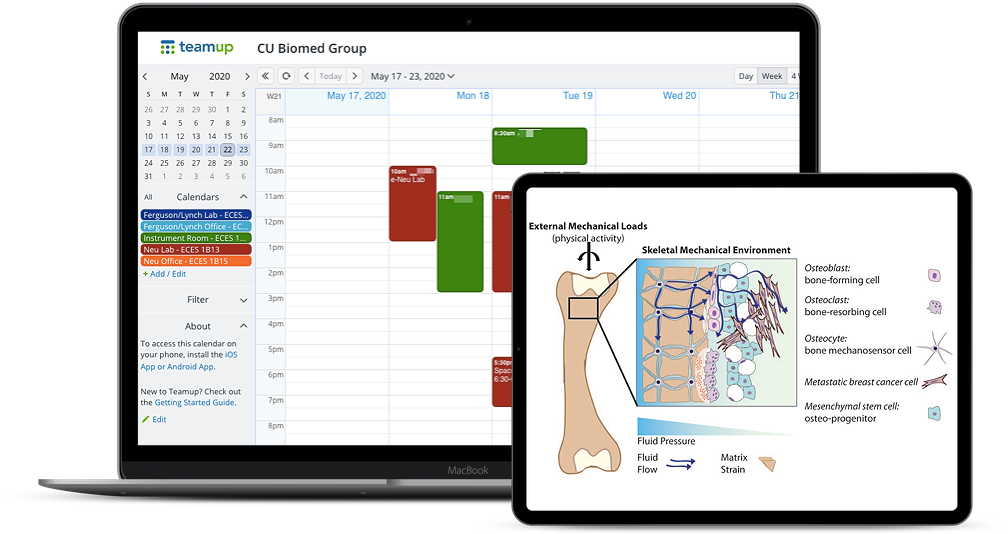Last updated Feb 22, 2024
There are many types of research studies: surveys, observational studies, clinical trials, interviews, experiments, and so on. And each study has its own parameters, scope, and level of complexity. Some studies involve thousands of people, a large budget, and a timeline of months or years. Others may have a more specific scope and quicker implementation. No matter what type or size, organizing research studies means good planning and flexible tools.
Needs for organizing research studies
Addressing common needs

While studies typically have subject-specific tools and methods, some general aspects of organization apply to many research needs. There are three big areas to organize: the research team members, the information shared between team members, and the study participants.
Of course, all this needs to be done while keeping a close eye on the timeline:
- Coordinating the members of the research team:
- Assigning tasks
- Scheduling meetings
- Scheduling coordinated work
- Communicating availability
- Tracking and sharing information:
- Updating task status
- Noting changes in samples
- Keeping relevant files and links in context
- Logging when phases begin and end
- Scheduling study participants:
- Matching team and participant availability
- Assigning rooms, tools, devices, and other needed resources
- Ensuring that each step is completed for visits
- Scheduling follow-up
- Receiving logs or feedback from participants
Handling multiple factors
When there are multiple factors in each area to be organized, things can get complicated pretty fast. For example, here’s an illustrated scheduling workflow of a clinical research visit.

There’s a lot to coordinate, from rooms and devices to patients, staff, and the project timeline. When you’re scheduling with more than one or two factors, you need a way to visualize across multiple dimensions and keep details in context.
Staying on track

Keeping all the pieces on track with the overall project timeline is a big part of research management. So it’s important to have a clear view of each phase of the study.
Team members need to update each other on their progress, and stay informed about how each phase is progressing. And often, researchers have to handle the scheduling and organizing along with doing the actual research. They need a streamlined way to stay coordinated with each other and share information in context, so they can keep the project moving.
Help for organizing research studies
Teamup is a flexible and affordable solution for research teams who need to do the following:
- Share a central, accessible calendar so everyone can see the timeline, due dates, assigned tasks, meetings, etc.
- Coordinate on shared lab space, tools, equipment, etc.
- Clearly assign tasks to individual team members.
- Allow team members to update task status, and share availability with each other.
- Have an automated “task list” for each team member so they know what’s on their list for the day.
- Set up a secure hub for all links, documents, spreadsheets, and other files.
“What was great about Teamup was the regular email thing: every day, everyone on the project got an email and knew exactly what was expected of everyone that day and for the next two days. I couldn’t find another calendaring app that could do this task easily… The ability to create separate calendars by individual or role (with color coding) was also really helpful.”
–Andy A.
Ready to try it out for your team? See our guide to easy scheduling for a research team sharing lab space, check out this use case, see more about using Teamup for project management, or dive into a live demo and try it out yourself!


